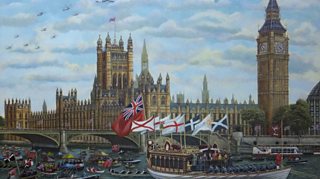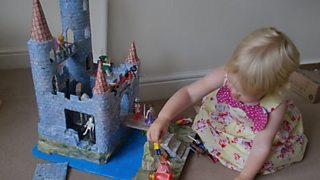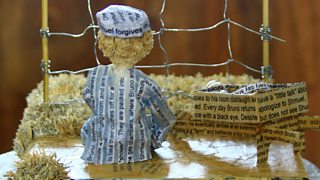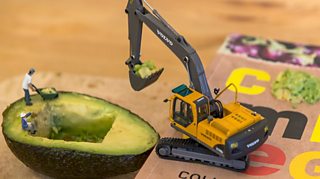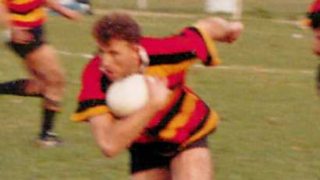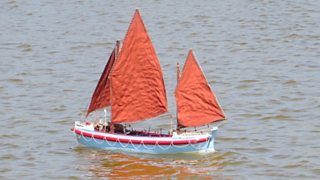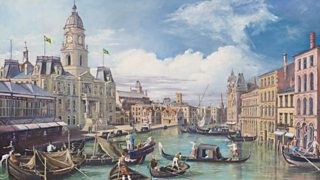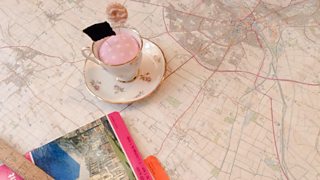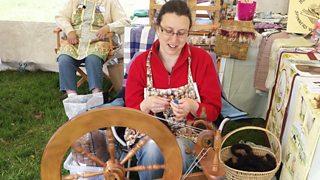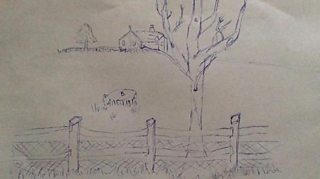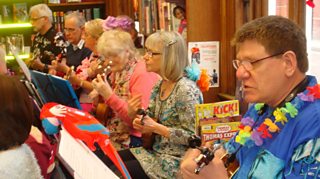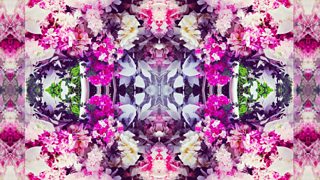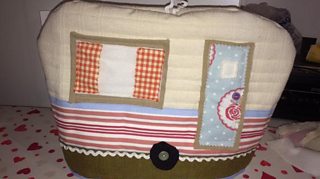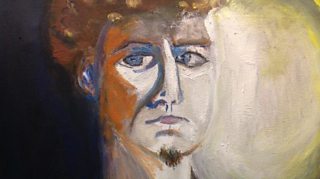Snap happy
Photography has been around for thousands of years – Aristotle wrote about a pinhole camera! And while we’ve all grown up taking pictures and appearing in them, many of us never think about turning this habit into a hobby, making and preserving our pictures as an art form.
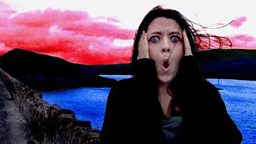
Perhaps more so than with genres like painting, photography has evolved with the constant updating of the equipment involved. From the studio camera with tripod and plates in the 19th century, to the instant results produced by Polaroid cameras and the explosion in popularity of digital cameras since the 1990s, technology has made it increasingly easy for us to preserve our memories. Now with smartphones we can record our lives without ever picking up a traditional camera. As the aphorism goes, ‘A picture is worth a thousand words.’ Maybe it’s time to say what you feel with photography?
| Why get into photography? | Can it be inexpensive? | Is there a family option? |
|---|---|---|
| You get instant results with a hobby like photography, so you can be creating constantly while you pick up skills. Why not set yourself some targets, and turn idle snapping into an art form? | Absolutely. The sky’s the limit as far as what you could spend on a camera. But until you are ready to splash out – and there’s no need unless you want to – use the camera on your phone | Undoubtedly. Most of us take pictures of friends and family as a matter of course. Gather your gang together and try group shots that will look great on display |
What would you like to try?
Learn from the professionals

Taking selfies is a pastime that has exploded over the last decade
With so many different types of camera on the market, choosing which to buy or learning how to get the best out of the one you’ve got can be daunting. So why not check out courses at your local college? Go to The National Careers Service to find one in your area. A tutor will help you with technical issues and techniques, and give you feedback on the photos you’ve taken. Plus of course taking a class or joining a photography group is a great way to meet people with a similar interest.
Every picture tells a story...
There’s no need to seek out sitters or spectacular views to photograph. Snap what’s around you. So if you are going to a party, take along your camera and capture the action. These days informal wedding shots are becoming more popular than the posed shots of yesteryear. Snatch your own views of someone’s special day, then frame your best effort as an original present. Street markets, carnivals, beaches…there’s no end to the places that lend themselves to ‘reportage’ style snapping. Look to the masters of the art for inspiration. Henri Cartier-Bresson was one of the most famous exponents of the art, and for a modern take, investigate the work of Martin Parr, who is known for projects that take an intimate, satirical and anthropological look at aspects of modern life.
Still life and landscape photography
Still life photography is a great way to get started. For while you compose your shot, there’s no danger of your subject wandering off or flying away! But don’t be fooled into thinking that makes it easy. The skill in still life photography is about getting the composition right, and the lighting. It’s about making the picture more than taking it. Check out the work of Irving Penn to get the idea. Meanwhile, as with most forms of art, the definition of a landscape photograph is broad, and may include urban settings, industrial areas, and nature photography. One of the most famous exponents of the genre was Ansel Adams, known for his studies of the American West, especially Yosemite National Park. However don’t feel you need to seek out spectacular locations in order to explore landscape photography. Walk to your local park and capture images of what’s on your doorstep. You may see your surroundings in a whole new light, and you’ll get fresh air and exercise at the same time.
Photographing animals and people
There are various approaches you can take when photographing people. And while they may sound technical, it really comes down to deciding what you are trying to achieve. A constructionist approach is when the photographer constructs an idea around the portrait. The environmental approach depicts the subject in their environment be that a work, leisure, social or family one. Look at the work of pop star Bryan Adams, who has been acclaimed for his portraits or Annie Liebovitz, a doyenne of the genre. Study the work of Norman Parkinson or David Bailey to see portraiture at its best.
Wildlife photography is one of the most challenging forms of photography. As well as having sound technical skills, you need to know how the creatures you’re snapping behave, so you can predict how they’ll react to your approach. Start with family pets or garden birds, and work up to the wildlife that might prove more elusive.
The rise of the selfie
Probably the biggest story in photography in recent years is the phenomenon of putting yourself in the picture – in other words - the selfie. Instagram has more than 53 million photos with the hashtag #selfie and anyone who has dismissed the habit as merely for teens has been forced to think again, with the likes of Barack Obama and David Cameron getting in on the act. Then of course there is the group selfie orchestrated by host Ellen DeGeneres at the 2014 Oscars, which has become the most retweeted image ever. Whether it’s art is up for debate, but in the story of photography, the selfie has certainly grabbed its moment in the spotlight.
Putting nature in the frame
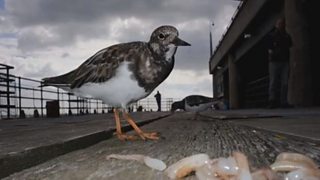
Countryfile cameraman Richard Taylor-Jones shows us how amateur photographers can capture amazing wildlife images and timelapses
Stress relief down the lens
Chris Ballance, Stafford: I grew up on a farm and have always loved wildlife. When digital cameras came in wildlife photography felt feasible, because of factors like the zoom capability.
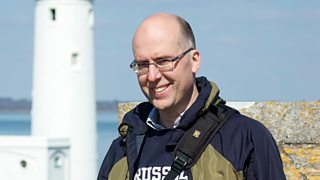
I try and have half a day or a day most weekends outside with the camera which is great stress relief
I’d always had an interest in Britain's birdlife, not specifically going out to birdwatch, just noticing what was around if I was outdoors. Then a colleague coming up for retirement said he planned to try and photograph every British bird species. That really appealed. I had a mediocre camera but got myself a better one and a good lens.
Now my main passions are photographing birds, butterflies and dragonflies. I’ve read a lot, and learnt as I’ve gone along.
For work I do a purchasing role for a company with a highways maintenance contract. It can be quite stressful, so I try and have half a day most weekends outside with the camera which is great stress relief. My wife is a keen artist and she’ll sometimes come out with a camera too. I will definitely carry on. It makes the idea of retirement more appealing, as I am already thinking of things to photograph and places to go!
Photography tips
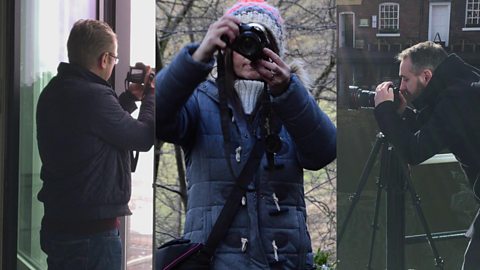
Top tips for taking great photos
We asked three England's Big Picture photographers for their advice.
-
![]()
The Craft Club Yarnbombers
Meet the world-record holding crafters making a crochet Christmas project
-
![]()
Sally Taft
Get Creative's content producer rolls up her sleeves and threw a pot for Hey Clay!
-
![]()
Kenneth Small
The retired tool-maker who gave the Jubilee Thames Pageant sunny skies
-
![]()
Kate Simner
The contracts administrator with creativity at her fingertips
-
![]()
Kirk Crosby
DIY toymaker father creates kingdoms from clutter
-
![]()
Cindy Huntley
Paperback perfection: the school worker who sculpts art from stories
-
![]()
Patryk Sadowski
Photographer uses real life locations to create futuristic scenarios
-
![]()
Gary Cummins
Construction worker recreates day job in miniature
-
![]()
Anneka Gamble
Bake Off's back. How sugarcraft can be the icing on the cake.
-
![]()
Joe Whiteman
Landscape gardener has a monster talent
-
![]()
Jonathan Clark
Sports-mad poet serves ace verses
-
![]()
Neil Howard-Pritchard
How a lifeboat rescue sparked an interest in model boat making
-
![]()
Ron Hinkson
How a painter turned five church windows into a Renaissance masterpiece
-
![]()
Jean Samtula
One of a handful of aspiring artists whose painting was chosen for the Royal Academy's Summer Exhibition
-
![]()
David Martin
A retired designer who painted a Canaletto-style painting, replacing the buildings with those of his home town
-
![]()
Robert Burns
A retired decorator gave his home a Renaissance make-over
-
![]()
Maria Lyon
A crafter who loves creative challenges of all shapes and sizes
-
![]()
Rachel Blunden
A spinner who takes her spindles wherever she goes, including an FA Cup Semi-Final
-
![]()
Kenneth Small
A retired tool-maker who painted a life-size Canaletto replica
-
![]()
Bev Cain
A crafter who didn't think drawing would be her forte but had a go anyway
-
![]()
David Colbert
A former teacher who went looking for a hobby and found the ukulele
-
![]()
Emily Auger
A jewellery designer who discovered a love for digital printing and uses it as a way to relax and to cure jet-lag
-
![]()
Cheryl Lloyd
A dedicated mum and knitter who makes retro tank tops for her rugby- mad son and his friends to add a splash of style to the stands
-
![]()
Rachel Orchard
A stitcher who joined a sewing group to meet like-minded people. She's made tea cosies and draught excluders as gifts and hopes to move to dressmaking
-
![]()
Peter Egriega
A stroke survivor who has used painting, music and writing to rehabilitate. He shared his first self-portrait using his affected hand with Get Creative
-
![]()
Sally Taft
A keen cross stitcher and crafter who uses it as a way to relax and wind down after a day content producing for Get Creative


